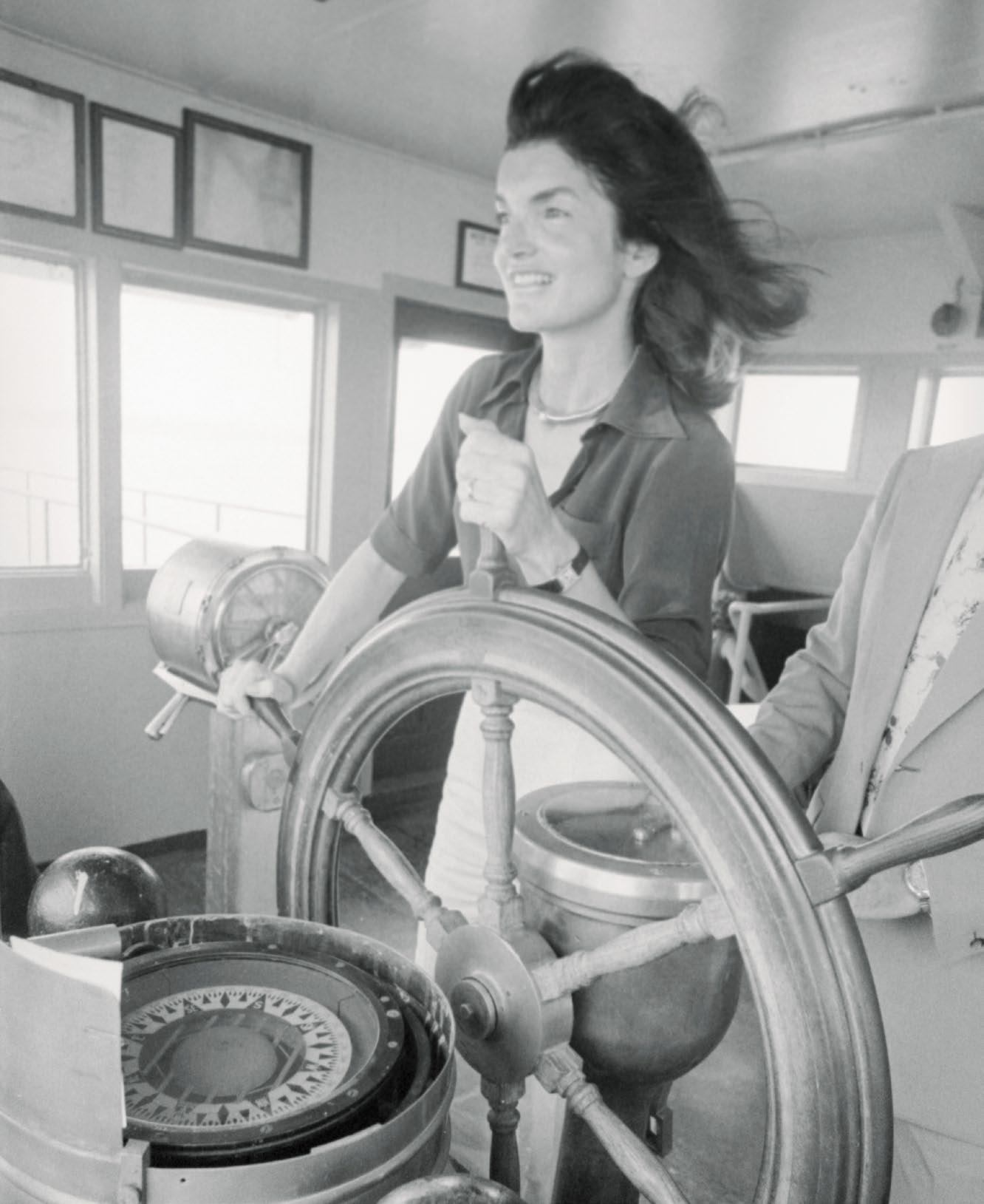






Jacqueline Bouvier was always top of the class. At five years old, she could already read and rode her pony like a champion, then went to study in Paris. She became a beautiful debutante with a Mona Lisa smile, a head full of dreams, and one absolute certainty: she would never become “just a housewife.”
Photographed beside her pony in perfect equestrian garb, five-year-old Jacqueline, with her natural charm and princess-worthy upbringing, already possessed the class of a lady. Indeed, she had the expectations of two great New York families placed on her shoulders from the day she was born. Her mother, Janet Lee, was an educated and brilliant young woman, distantly related to the Rockefellers and the Vanderbilts and engaged in an ambitious social climb to access the elite of American high society. She knew that neither the wealth her family had accumulated through her father’s enormous real estate investments, nor her prestigious studies or perfect French, would be enough; what she really needed was a good match. She seized her chance in 1928, when she married John Vernou Bouvier III, one of New York’s most coveted bachelors. Tall and muscular, he was the runaway heir to a wealthy family that continued to support him despite his dissolute lifestyle. After being expelled from college for organizing illicit games of poker, he graduated from Yale and then began a career as a stockbroker on Wall Street. With his rogue yet endearing manners, he had the irresistible charm of a Hollywood actor and looked so much like Clark Gable that he used to get mobbed by autograph-hunting fans.
Little Jacqueline with her pony in August 1934, during the Southampton Riding and Hunt Club’s riding competition on Long Island.
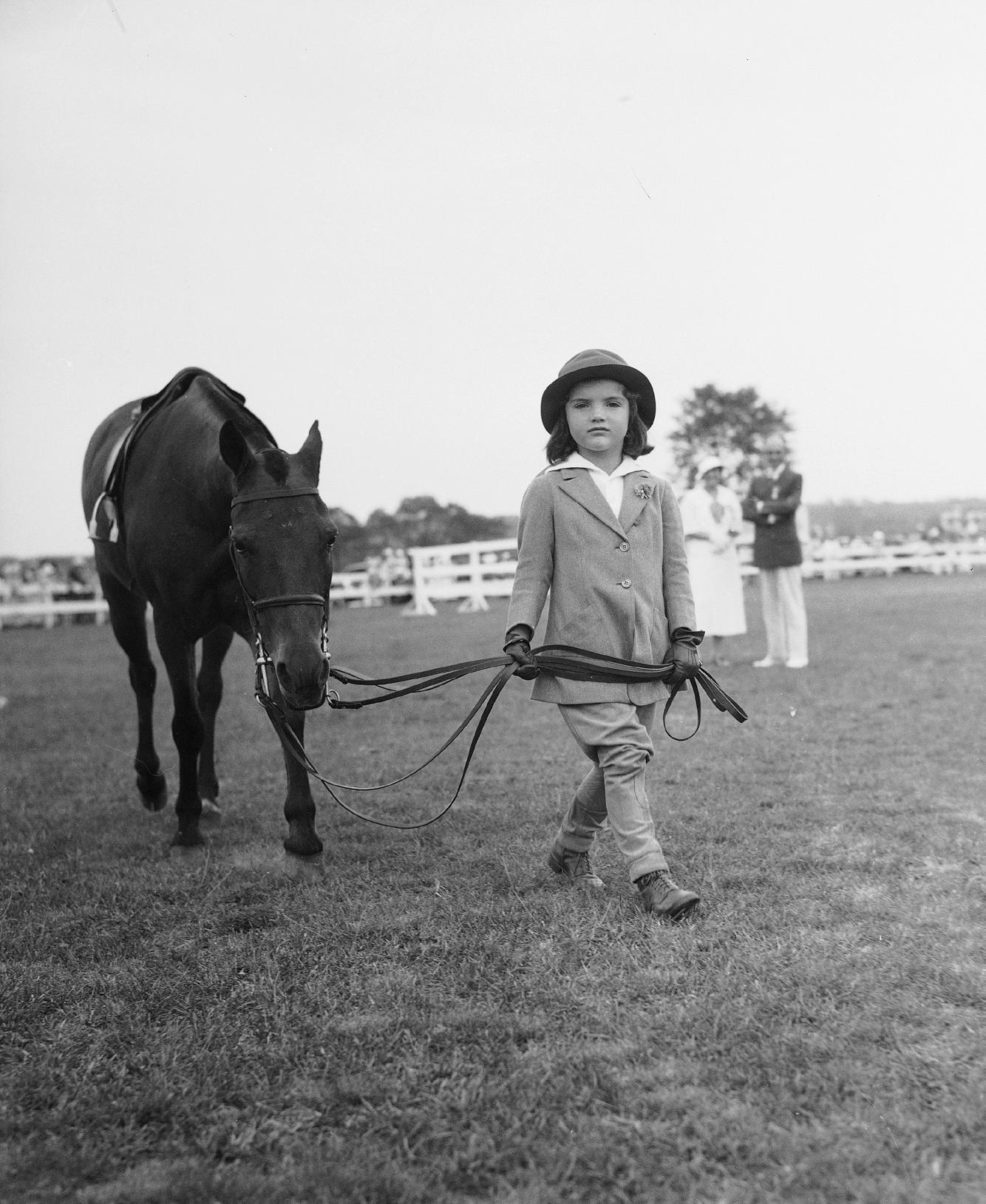

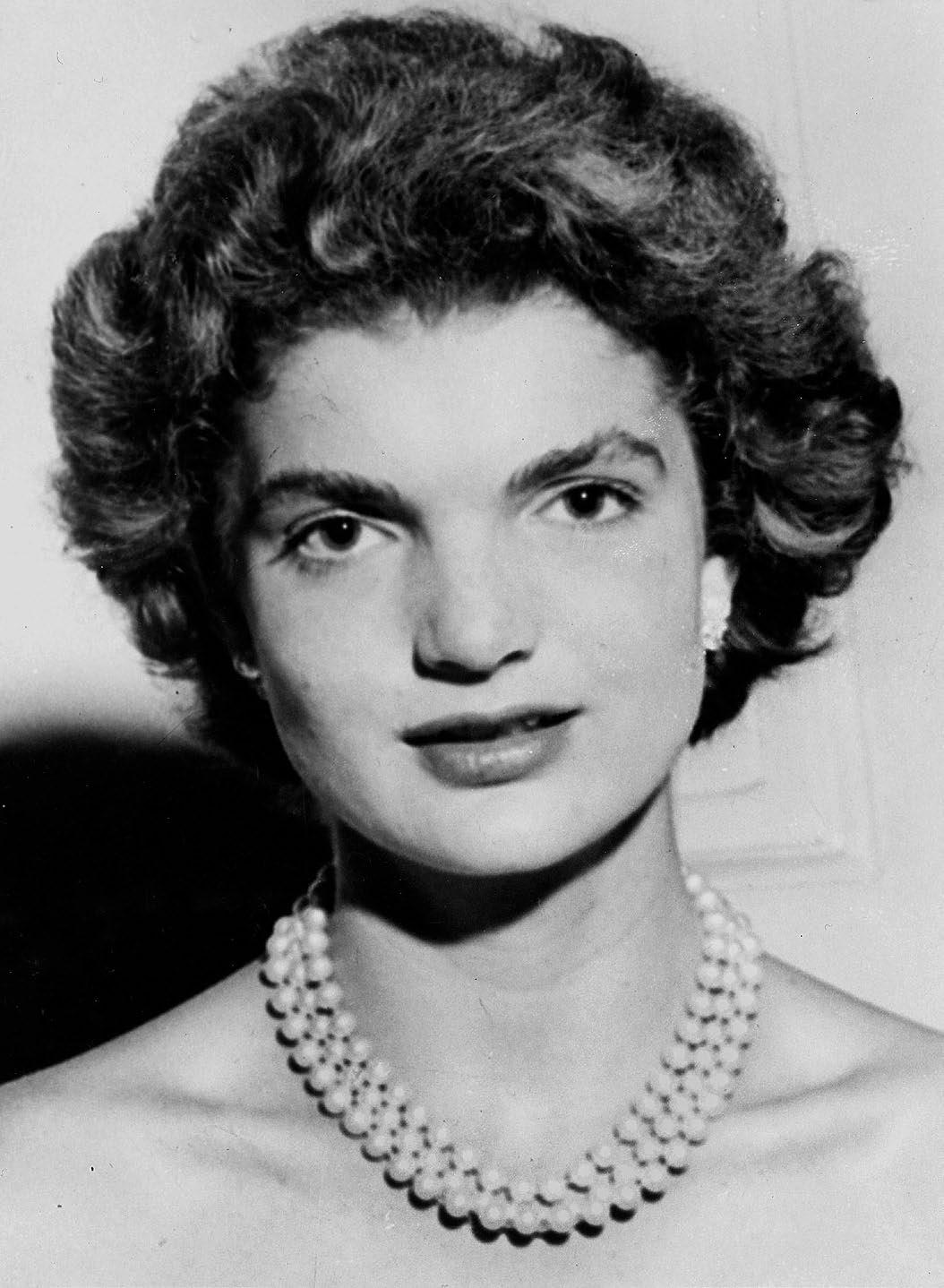
He saw in that refined young lady, so un-American in her manners, the ideal wife for his son. So he welcomed her graciously into the tumultuous Kennedy clan. They all lived together in a big house, full of athletic and competitive brothers and sisters who engaged in fierce baseball games and came and went from distant schools, universities, travels, and wars. “They were like carbonated water: stimulating, open, approachable,”
Jackie would later describe them. Her mother Janet also approved of the union.
Considering the family’s power and wealth, Kennedy was undoubtedly one of the most coveted bachelors in the United States. With that engagement, she felt she had fulfilled her duty as a mother: to make of her daughters two model wives, pushing them into successful marriages that would provide them with economic stability and social status. Jackie had already agreed to Jack’s proposal when she caught the bridal bouquet of her sister, Lee, the first of the two to tie the knot with the man who seemed the perfect match for her ambitions: Michael Canfield, son of the owner of the Harper & Row publishing house.
“I like men with funny noses, stick-out ears, crooked teeth. Most of all, they must have a joyful spirit.”
One of the shots taken for Life magazine in 1953, accompanying the article devoted
to Kennedy’s engagement to Jacqueline Bouvier.
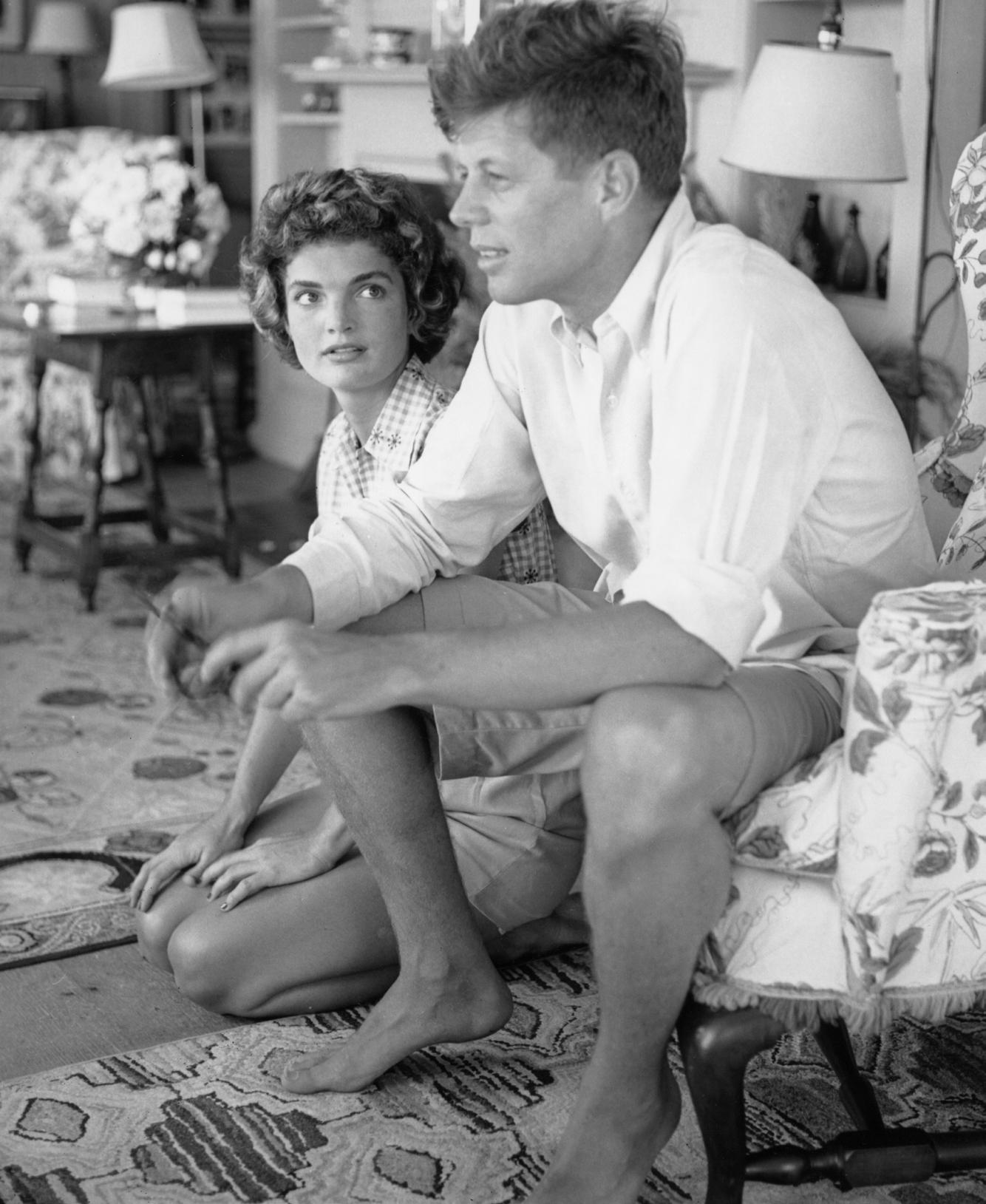

“I have learned that there is a big difference between what people think and what I know to be true.”
A snapshot with daughter Caroline taken during a break from an official press photoshoot in Hyannis Port, in the summer of 1958.




“No one else looked like her, spoke like her, wrote like her, or was so original in the way she did things.”
(Edward Kennedy)
Always
smiling and wearing the ever-present
pillbox hat created by Roy Halston that Jackie turned into a classic symbol of feminine elegance.

Jackie and sister Lee riding an elephant in Pakistan in 1962. On the opposite page, Jackie’s arrival in Jaipur, Rajasthan.
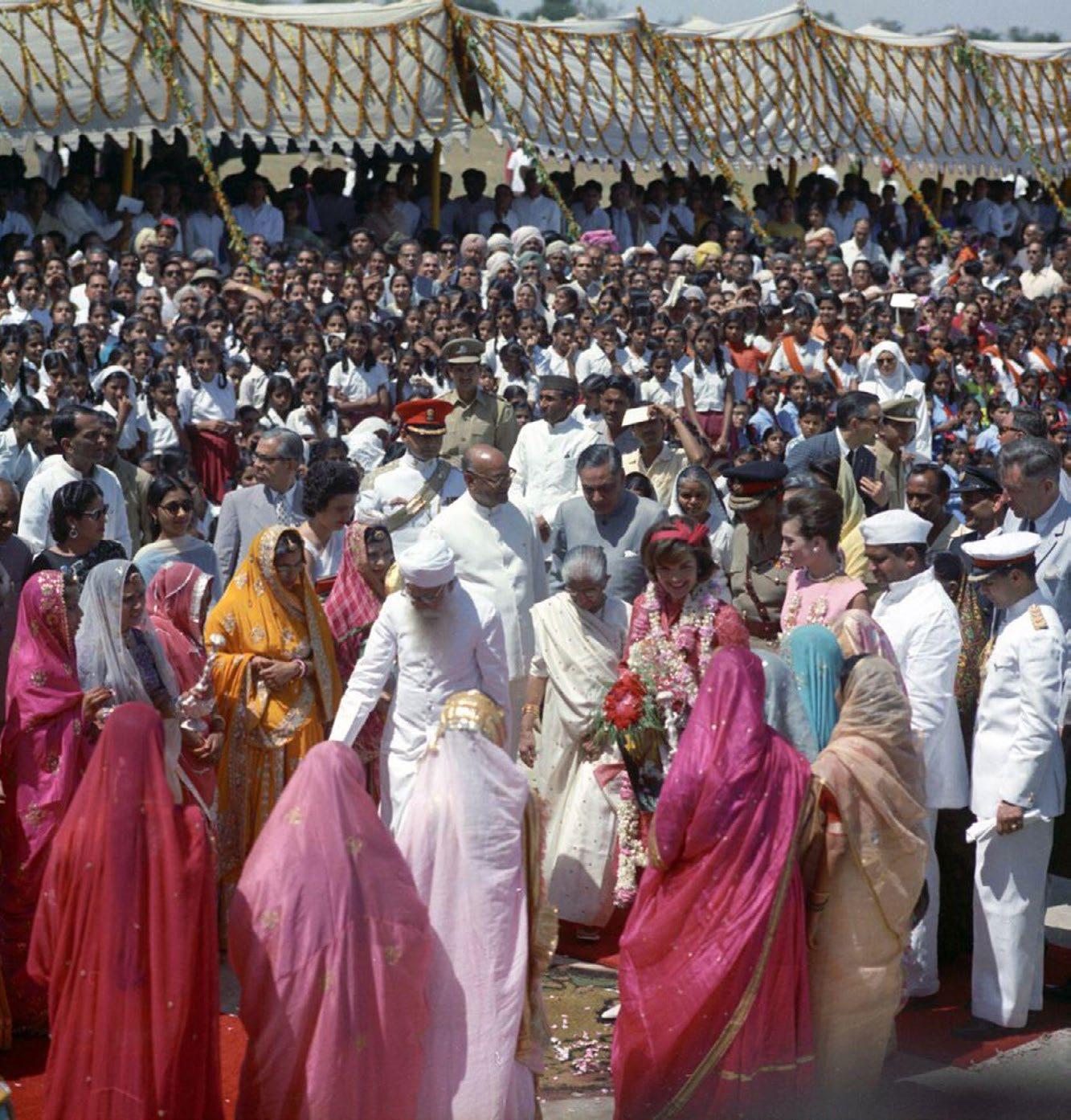

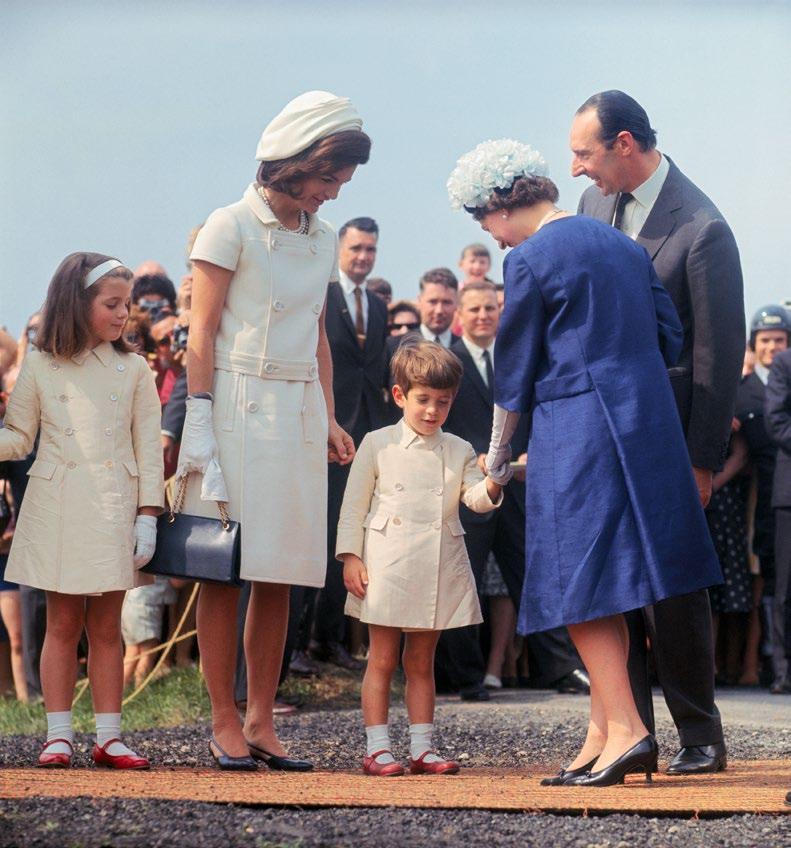
In the opposite photo she
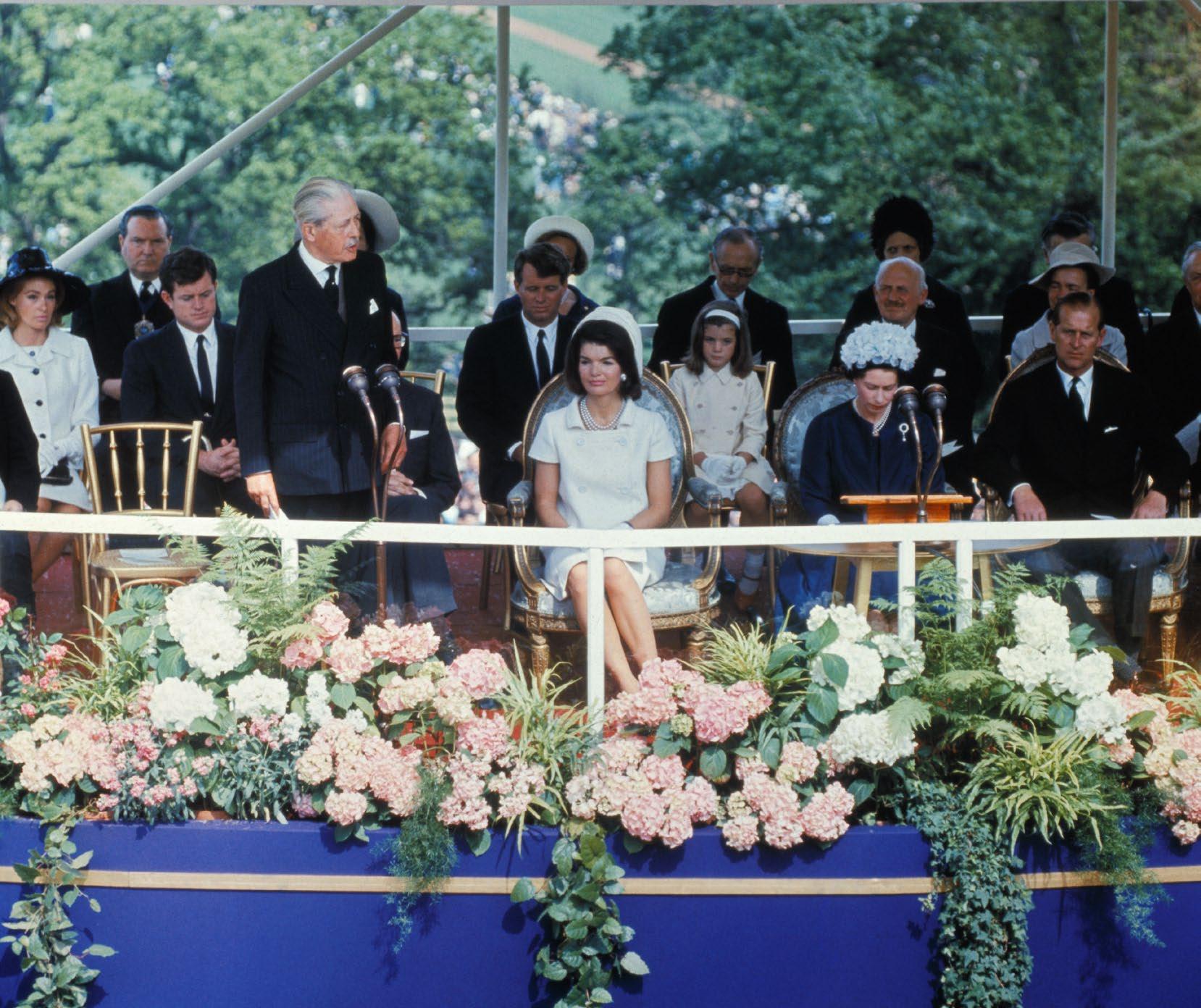

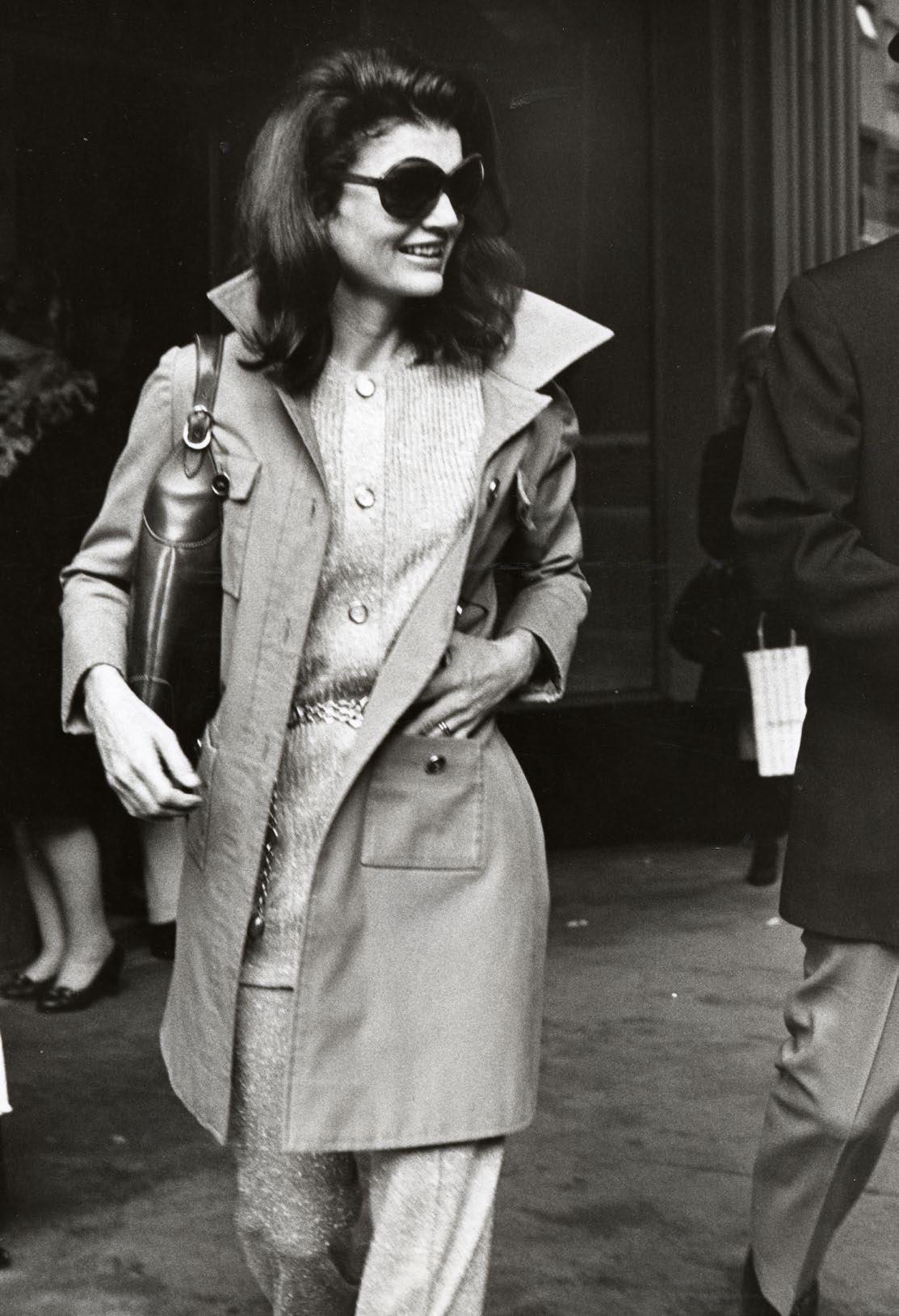

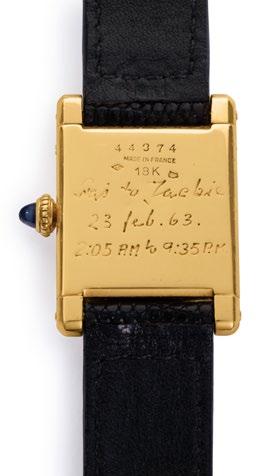
During that period, images taken by Galella, and by dozens of other reporters, captured the evolution of Jackie’s style, which, in the early 1980s, underwent yet another transformation. With the Givenchy and Cassini eras passed, she handed over the role of trusted friend and stylist to Carolina Herrera. Jackie’s looks, even when she was well into her fifties, remained a reliable benchmark for every woman. In New York she preferred to wear inconspicuous colors and patterns, especially to work. She often wore black turtleneck sweaters, masculine pants, and an open trench coat, the loose-fitting androgynous outerwear in line with fashion trends. For beach vacations, her favorite clothing became flowing calf-length skirts, lightweight sheath dresses, and palazzo pajamas, which she could wear with a unique grace. She wore very subtle makeup and, as always, knew how to enhance her outfit with the right accessories: the shiny black leather shoulder bag, matching Mary Jane shoes, a Pucci scarf over her head, and the legendary oversized round-rimmed glasses. On her wrist she almost always wore the Cartier Tank watch given to her by her brother-in-law Stanislaw Radziwill, her sister Lee’s second husband.
Jackie’s style in the mid-1970s followed the trend of sleek lines and androgynous clothing, such as the trench coat. Once again, it was the accessories that made the difference. On the left, note the Gucci handbag and oversized sunglasses.
Above, her Tank watch by Cartier, a gift from her brother-in-law Stanislaw Radziwill, with the dedication “Stas to Jackie, 23 Feb. 63” engraved on the back.
“Every moment one lives is different from the other. The good, the bad, hardship, the joy, the tragedy, love, and happiness are all interwoven into one single, indescribable whole that is called life.”
